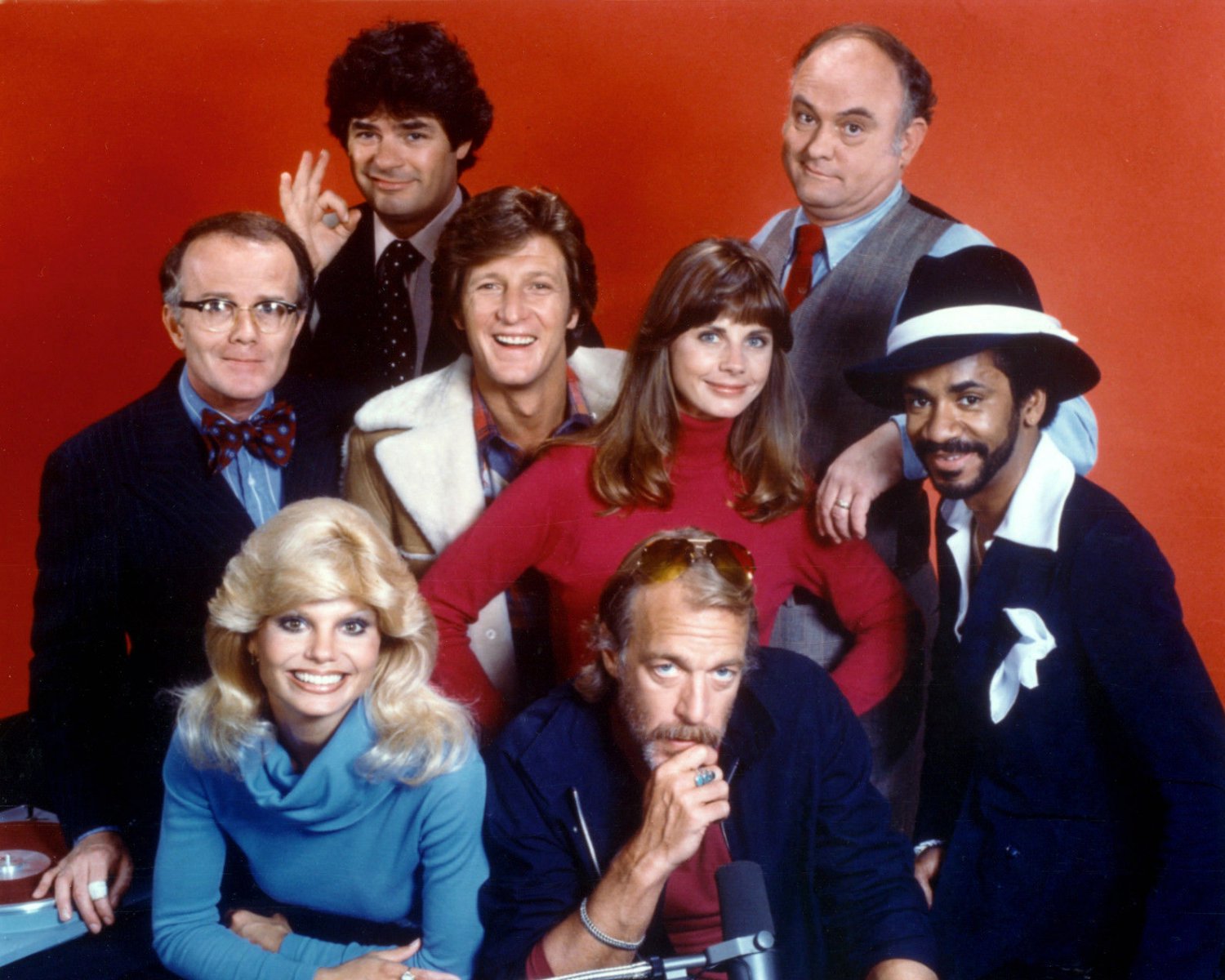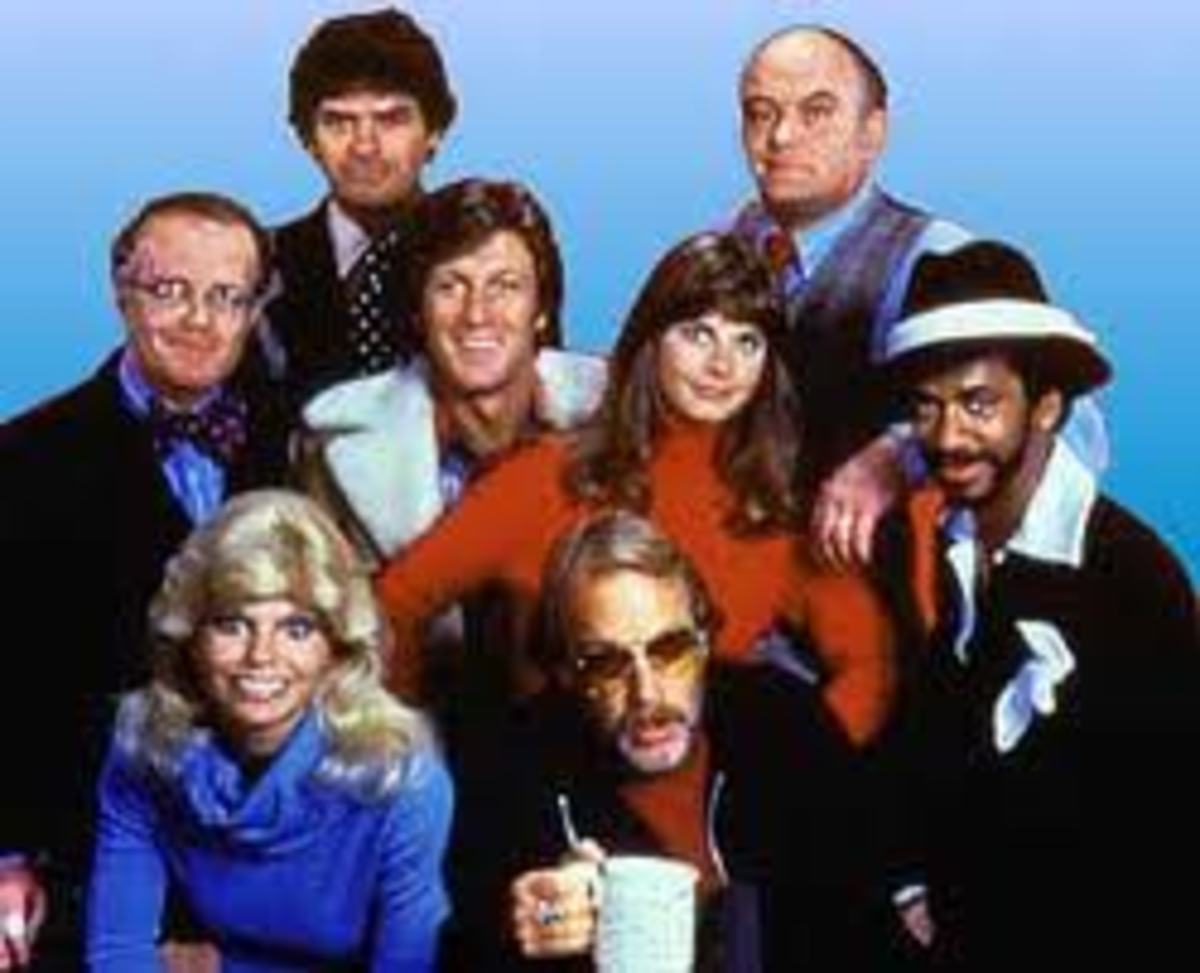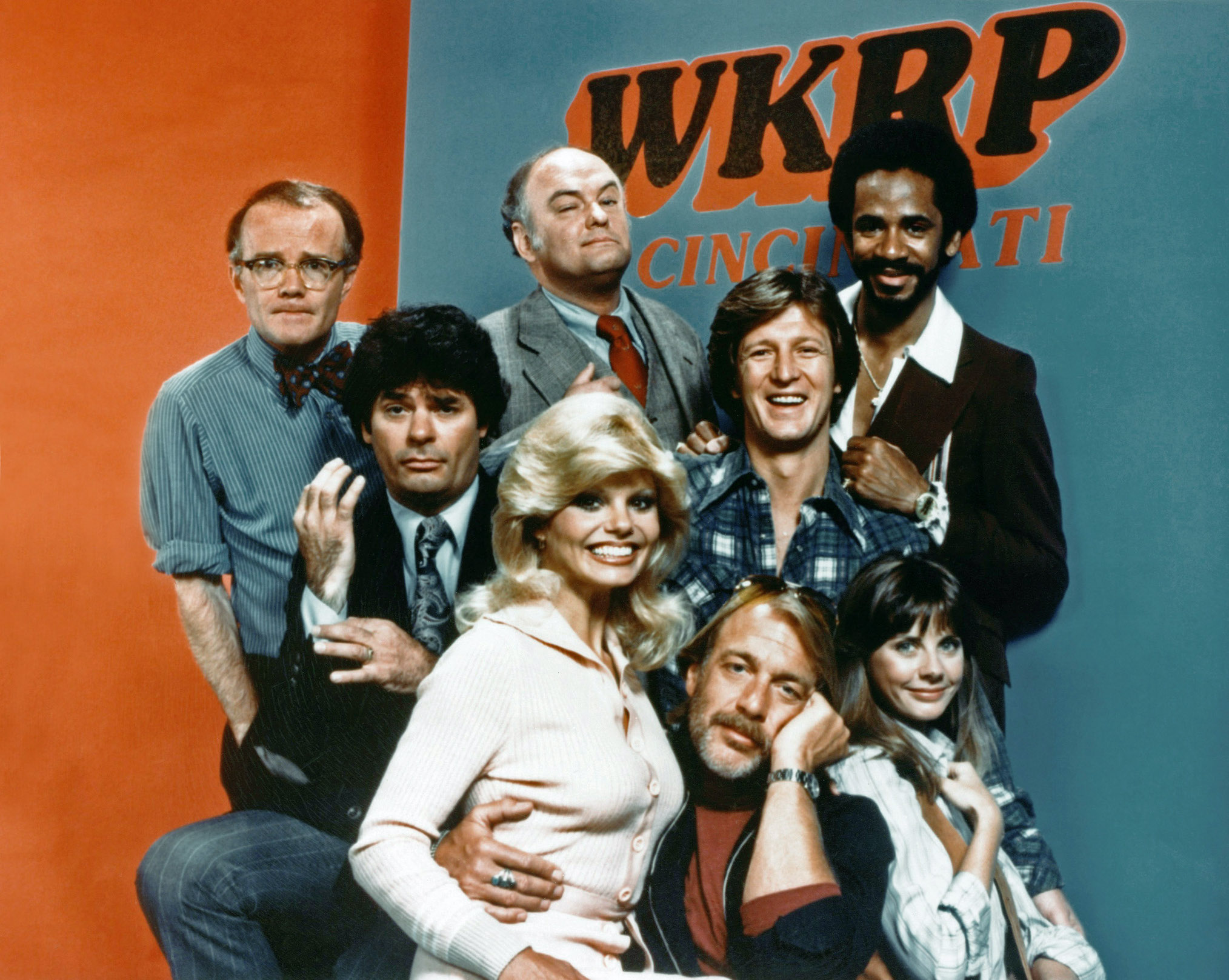Characters and Relationships: Wkrp In Cincinnati

WKRP in Cincinnati boasted a memorable cast of characters, each with unique personalities and relationships.
The quirky antics of the WKRP in Cincinnati crew brought laughter to millions. Among its memorable characters was the hapless but lovable bailiff, Bailey Quarters, played by the inimitable Martin Short. Short’s comedic timing and physical humor added an unforgettable layer to the show’s already eccentric ensemble.
Bailey’s misadventures, from accidentally releasing a criminal to his failed attempts at romance, became iconic moments in the annals of WKRP in Cincinnati.
The ensemble’s anchor was Johnny Fever (Howard Hesseman), the eccentric and self-proclaimed “King of Rock ‘n’ Roll.” His flamboyant style and unpredictable behavior often clashed with the station’s pragmatic news director, Arthur Carlson (Gordon Jump).
WKRP in Cincinnati, the iconic sitcom, not only introduced us to the quirky radio station staff but also launched the career of the brilliant Martin Short. Short’s portrayal of the eccentric Jeremy Ironside brought a unique blend of humor and wit to the show.
As we delve into the hilarious antics of WKRP’s crew, we cannot overlook the indelible mark left by Short’s comedic genius.
Romantic Relationships, Wkrp in cincinnati
The series explored several romantic entanglements. Johnny Fever’s on-again, off-again relationship with station manager Jennifer Marlowe (Loni Anderson) was a central plotline. Their dynamic was marked by mutual attraction and frequent misunderstandings.
The quirky characters of WKRP in Cincinnati brought laughter to the small screen, including the eccentric DJ, Martin Mull. Known for his memorable role as the flamboyant Johnny Fever, Mull’s talent extended beyond the radio station, as he later appeared in the acclaimed comedy series, martin mull arrested development.
Despite his ventures into other projects, Mull’s legacy in WKRP in Cincinnati remains etched in the hearts of fans, who continue to cherish the show’s comedic brilliance.
Another notable pairing was between news anchor Les Nessman (Richard Sanders) and receptionist Bailey Quarters (Jan Smithers). Despite their contrasting personalities, they developed a deep affection for each other.
WKRPs’s cast member Martin Mull’s passing, as reported in the recent article , brought back fond memories of the show’s quirky characters and witty dialogue. Mull’s portrayal of arrogant DJ Johnny Fever added an extra layer of entertainment to the already vibrant ensemble, leaving an unforgettable mark on the hearts of WKRPin Cincinnati fans.
Character Evolution
Throughout the series, the characters underwent significant growth and change.
- Johnny Fever gradually matured, balancing his eccentricities with a newfound sense of responsibility.
- Arthur Carlson learned to appreciate the value of humor and spontaneity, while Johnny Fever gained a greater understanding of professionalism.
- Les Nessman’s self-confidence grew, and he became more assertive in his interactions with others.
Workplace Culture and Humor

WKRP in Cincinnati is renowned for its eccentric and unconventional workplace culture. This unique environment fosters a dynamic interplay of humor and camaraderie among the staff, contributing significantly to the show’s enduring appeal.
The show’s humor emanates from various sources, including slapstick, satire, and wordplay. Slapstick humor is prevalent, with characters often engaging in physical comedy and pratfalls. Satire is also employed, with the show poking fun at the broadcasting industry and societal norms. Wordplay and puns are frequently used, adding a layer of verbal wit to the proceedings.
The Impact of the Workplace Environment
The unconventional workplace environment at WKRP has a profound impact on the characters’ personal and professional lives. The camaraderie and shared experiences foster a sense of belonging and support, creating a close-knit work family.
However, the eccentric nature of the workplace can also lead to challenges and misunderstandings. The characters’ unconventional approaches and quirky personalities sometimes clash, resulting in conflicts and mishaps. Nevertheless, these challenges ultimately contribute to the show’s humor and charm, showcasing the complexities of human relationships in a unique and entertaining setting.
Social and Cultural Context

WKRP in Cincinnati debuted in 1978, at a time of significant social and cultural change in the United States. The Vietnam War had recently ended, the Civil Rights Movement was gaining momentum, and the feminist movement was making strides towards equality for women. These changes were reflected in the show’s portrayal of gender roles, social class, and the changing media landscape.
The show’s characters represented a diverse range of backgrounds and experiences. Johnny Fever, the free-spirited disc jockey, embodied the counterculture movement of the 1960s and 1970s. Jennifer Marlowe, the ambitious news director, represented the growing number of women in leadership roles. Herb Tarlek, the station’s hapless manager, represented the old guard of broadcasting.
Gender Roles
- The show challenged traditional gender roles by featuring a strong female character in Jennifer Marlowe. She was a competent and assertive leader who was not afraid to stand up for herself.
- The show also featured a number of male characters who were not afraid to show their emotions. Johnny Fever was a sensitive and caring individual, while Herb Tarlek was often overwhelmed by his emotions.
Social Class
- The show’s characters came from a variety of social classes. Johnny Fever was a working-class kid who had made good, while Jennifer Marlowe was a wealthy heiress. Herb Tarlek was a middle-class manager who was struggling to keep up with the changing times.
- The show explored the tensions between different social classes, particularly in the relationship between Johnny Fever and Jennifer Marlowe.
The Changing Media Landscape
- WKRP in Cincinnati was set at a time when the media landscape was undergoing a major transformation. The rise of FM radio and the decline of AM radio were major themes in the show.
- The show also explored the impact of new technologies, such as the VCR and the satellite dish, on the broadcasting industry.
WKRPs receptionist Jennifer Marlowe was played by Loni Anderson. Loni Anderson’s former husband Burt Reynolds was in the movie “The Cannonball Run” with Martin Mull, who played the part of Donald “Duck” Dunphy in “Arrested Development” ( martin mull arrested development ).
Martin Mull’s character in “WKRP in Cincinnati” was Gordy Howe, the news director.